Some garden decor choices are easy to fall in love with, sleek metal sculptures, perfectly polished stones, or ultra-modern planters that seem made for Instagram. But while they may look good on the surface, not everything that’s trendy plays nice with plants. In fact, some popular decorative elements can quietly undermine your garden’s health over time.
It’s not always obvious. That stylish gravel might be suffocating your soil. Those solar lights? They could be throwing off your plant’s growth rhythms. This list calls out some of the most common design features that do more harm than good and offers smarter, plant-friendly alternatives that still keep your space looking great.
Artificial Turf
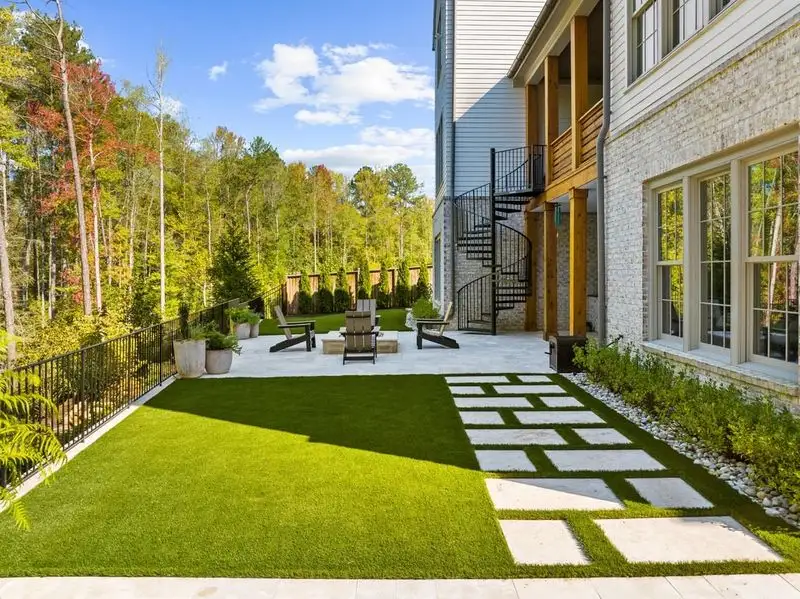
Artificial turf may look pristine, but it can create a heat zone that stresses nearby plants. The plastic material absorbs heat, raising the temperature around plant roots and hindering growth.
While it’s low-maintenance, the lack of water permeability can lead to poor drainage, affecting root health. Turf prevents natural aeration, limiting essential nutrients.
Consider the long-term impact on your garden’s ecosystem before installation. Did you know? Artificial turf was invented in the 1960s for sports fields and is not ideal for plant environments.
Heavy Stone Mulch
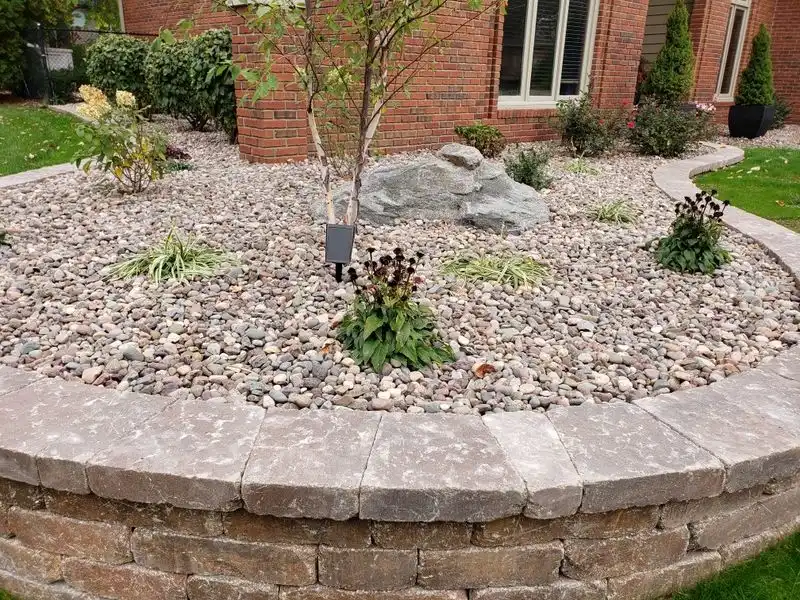
Heavy stone mulch offers a modern look but can be detrimental to plants. Stones absorb and retain heat, raising soil temperatures to levels that can damage roots. This heat stress can lead to wilting and poor growth.
Additionally, stones compact soil, reducing oxygen availability to roots. They also hinder water infiltration, increasing runoff and erosion.
When planning your garden, consider sustainable alternatives like organic mulch. For a touch of history, stone mulching dates back to ancient gardening techniques, originally used for moisture retention in dry climates.
Decorative Gravel Paths
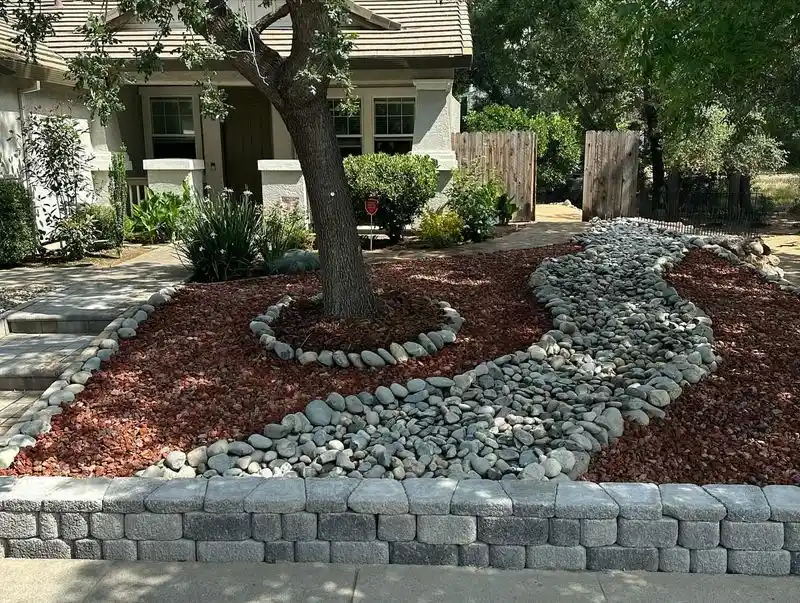
Gravel paths add texture but pose risks to plant health. The stones create a barrier, warming the soil excessively and causing moisture loss. As evaporation increases, plants may suffer from dehydration.
Gravel can migrate into beds, causing soil compaction and inhibiting root growth. It also reflects sunlight, intensifying heat around sensitive plants.
Opt for permeable pathways to maintain garden vitality. Fun fact: Gravel paths gained popularity among English estates in the 18th century as status symbols, showcasing wealth and sophistication.
Large Garden Statues

Large garden statues serve as focal points but can cast large shadows, depriving plants of essential sunlight. This shading effect can disrupt photosynthesis, leading to slow growth.
Statues also occupy significant ground space, limiting planting areas and potentially compacting soil beneath them. Consider positioning them carefully to minimize adverse effects.
Remember, statues should complement rather than dominate the garden ecosystem. Did you know? Garden statues date back to ancient Roman gardens, symbolizing power and art appreciation.
Reflective Surfaces

Reflective surfaces like mirrors and metallic elements can intensify sunlight, causing heat stress in plants. This reflection increases the risk of leaf burn and can elevate soil temperatures, harming roots.
While they add modern flair, these surfaces may create glare that disrupts plant growth. Consider placement and balance to reduce negative impact.
Reflective surfaces have been used in design since the Renaissance, adding depth and intrigue to spaces. However, in gardens, moderation is key to maintaining plant health.
Tight Container Clusters
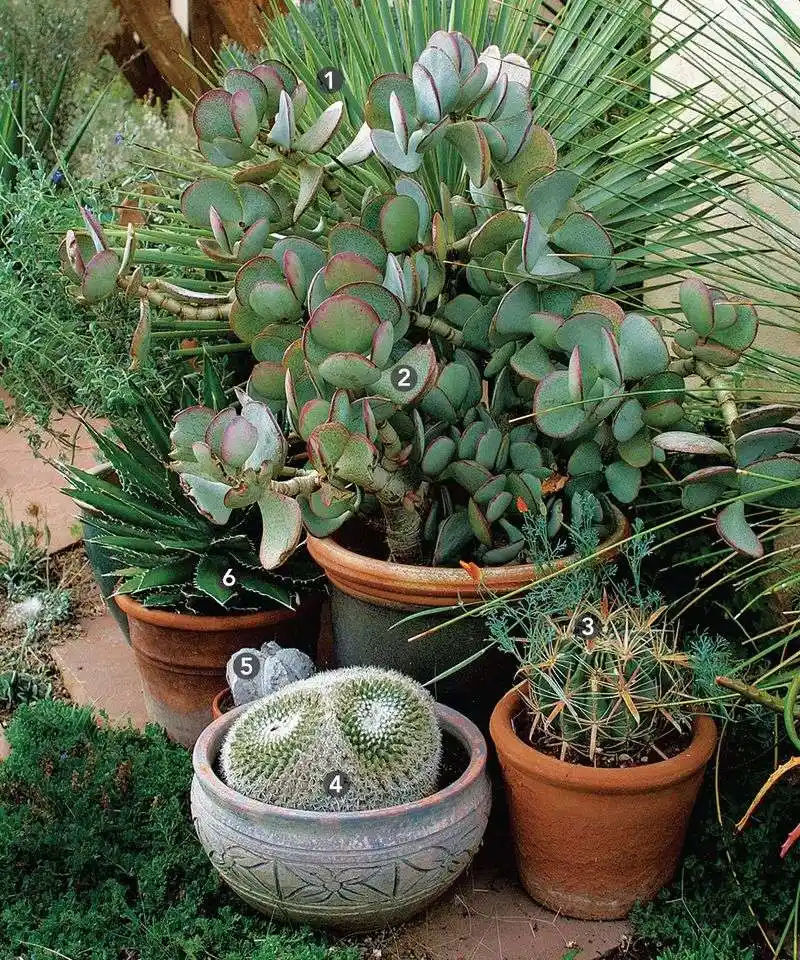
Tight container clusters may appear lush but can stifle plant growth. Limited space restricts root expansion, leading to competition for water and nutrients.
Overcrowding also hinders air circulation, increasing the risk of fungal diseases. Containers can dry out quickly, requiring frequent watering and attention.
Space them strategically to promote healthy growth. Did you know? Container gardening dates back to ancient Egypt, where it was used for both decorative and practical purposes.
Overzealous Pruning Sculptures
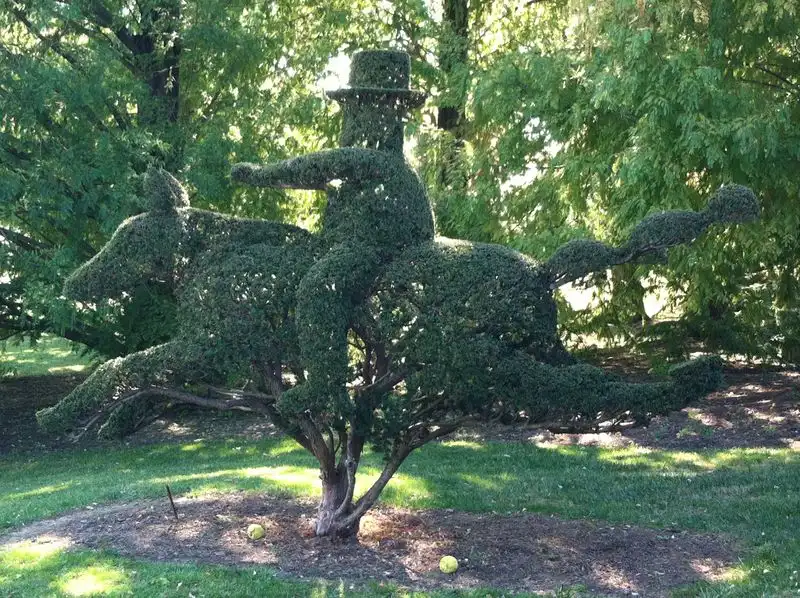
Overzealous pruning creates dramatic sculptures but can stress plants. Excessive cutting weakens their structure, affecting photosynthesis and growth.
Pruned areas become susceptible to pests and diseases, as open wounds invite problems. Balance artistic vision with plant care to ensure long-term health.
Pruning art has roots in Renaissance gardens, where it symbolized control over nature’s chaos. However, moderation is essential for plant vitality.
Intricate Trellis Designs
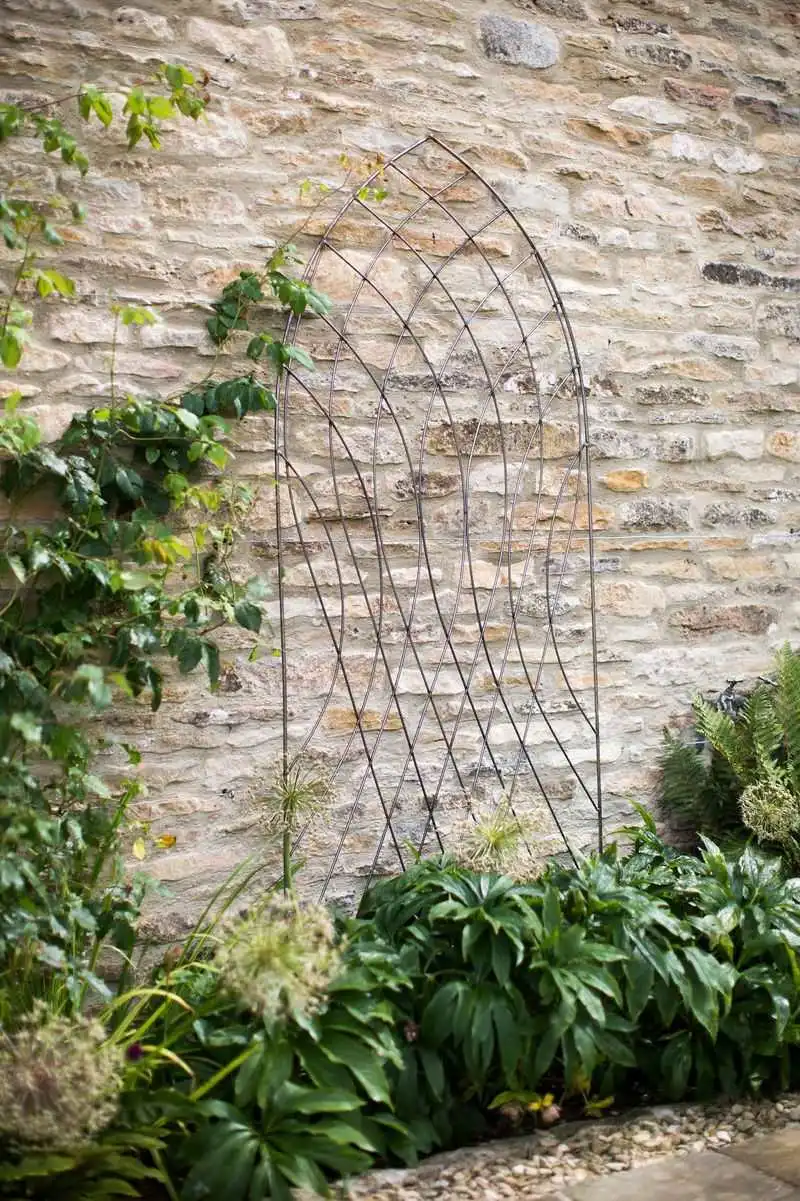
Intricate trellis designs add elegance but can challenge plant growth. Complex patterns may not support natural growth habits, leading to stress and damage.
Vines can become tangled or constrained, limiting sunlight exposure and airflow. Choose designs that align with your plants’ needs for optimal health.
Trellises were popular in 17th-century Europe, showcasing climbing plants in formal gardens. Remember, simplicity often supports healthier growth.
Bright Artificial Lights
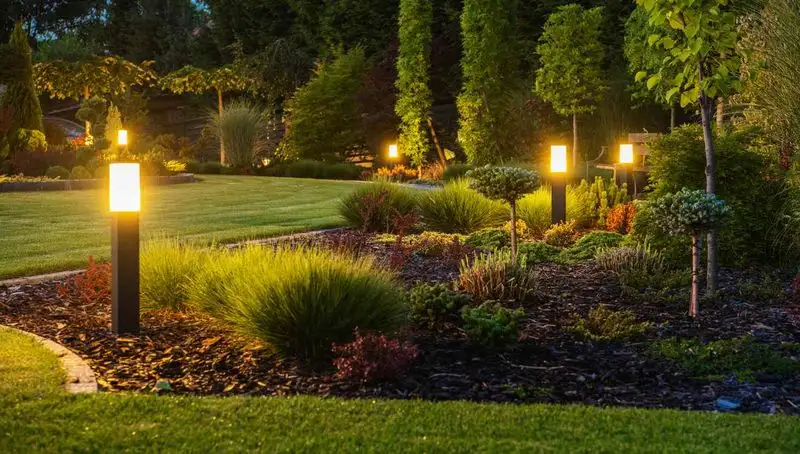
Bright artificial lights transform gardens at night but disrupt natural plant cycles. Excessive light exposure can confuse circadian rhythms, impacting flowering and growth.
These lights can attract pests and cause stress, as plants endure longer “days” than needed. Opt for subtle lighting to enhance beauty without harming plants.
Artificial lighting in gardens became popular in the 20th century, initially used for industrial purposes. Today, balance is crucial to protect plant health.
Wind Chimes and Noise Makers
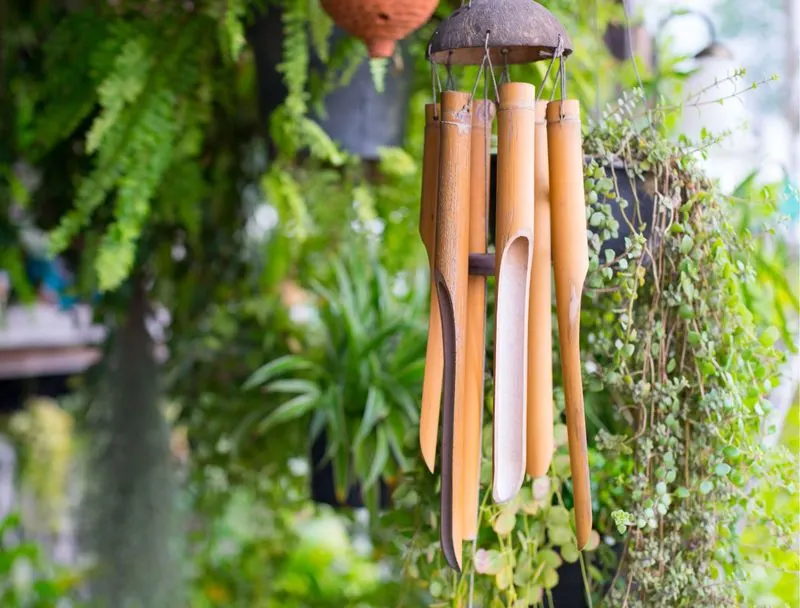
Wind chimes create a serene atmosphere, yet constant noise can disturb plant ecosystems. Sound vibrations may affect plant growth and stress levels.
Certain frequencies can disrupt pollinators, impacting reproduction and vitality. Position noise makers to minimize potential harm to your garden’s inhabitants.
Historically, wind chimes originated in ancient China, used to ward off evil spirits. Today, thoughtful placement ensures harmony with nature.
Excessive Ground Cover

Ground covers are practical but can suffocate other plants if overused. Dense coverings compete for resources, hindering neighboring plant health.
They can prevent moisture penetration and air circulation, causing root issues. Strategically plant ground covers to support rather than dominate the ecosystem.
The use of ground covers dates back centuries, often employed to prevent erosion. However, moderation ensures a balanced garden environment.
Synthetic Fertilizer Overuse

Synthetic fertilizers boost growth but can lead to chemical imbalances in the soil. Overuse results in nutrient runoff, affecting water quality and plant health.
Excessive application can cause leaf burn and reduce beneficial microbial activity, essential for a thriving garden. Consider organic alternatives for sustainable growth.
Fertilizer use has evolved since the 19th century, providing convenience but also highlighting the need for responsible application.
Overly Ornate Fencing
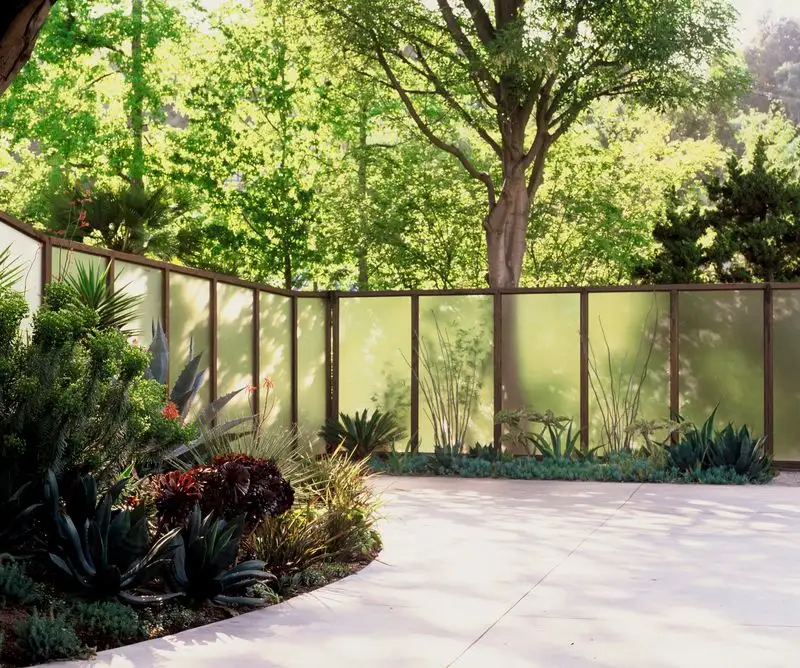
Ornate fencing adds charm but may cast uneven shadows, affecting plant growth. The irregular light exposure can lead to lopsided development and poor health.
Fences also restrict airflow, creating microclimates that may not suit all plants. Balance aesthetics with functionality to maintain a healthy garden environment.
Fencing has been used since ancient times, evolving from simple barriers to elaborate garden features. Thoughtful design ensures plant well-being.
Imposing Bird Baths
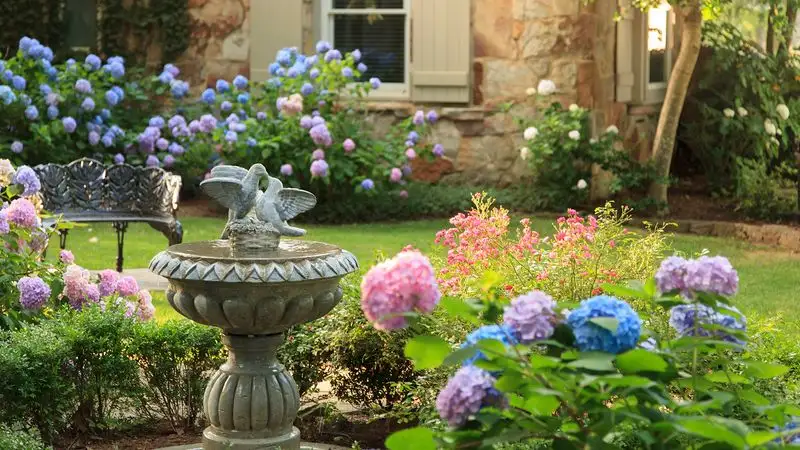
Bird baths attract wildlife but can dominate garden spaces, affecting plant health. Their presence may disrupt water distribution, causing localized flooding or dryness.
Consider size and placement to minimize competition for resources. Bird baths date back to Victorian gardens, symbolizing a connection to nature and wildlife.
Ensure they enhance rather than overshadow your garden’s ecosystem, promoting harmony and balance.
Elaborate Water Features
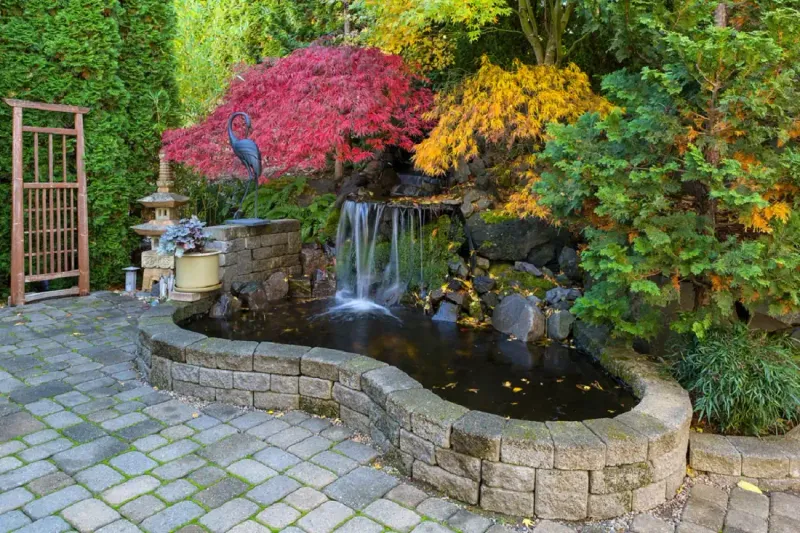
Elaborate water features mesmerize but can disrupt plant ecosystems. Water flow can alter soil moisture levels, leading to root rot or drought stress.
Noise and movement may deter beneficial insects like pollinators, impacting plant health. Choose features that complement rather than compete with your garden.
Water features have been central to gardens since ancient Persia, symbolizing life and prosperity. Balance is key to maintaining plant vitality.
Extensive Hardscaping
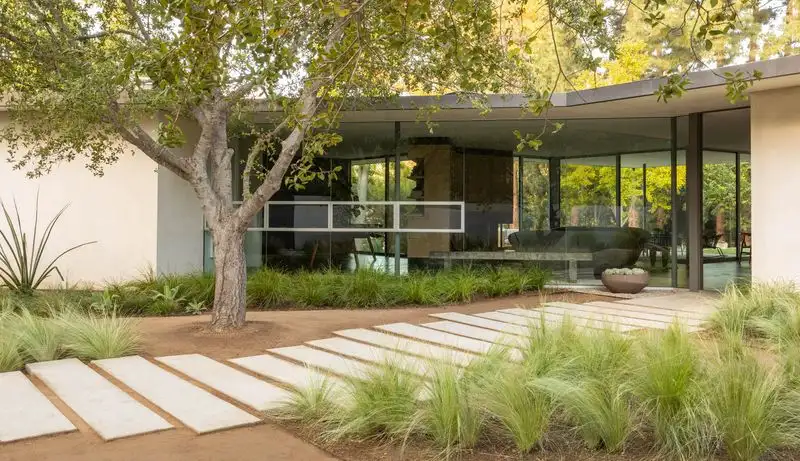
Extensive hardscaping reduces planting areas, impacting garden biodiversity. Hard surfaces can increase runoff and erosion, affecting soil quality and plant health.
These elements create heat islands, stressing plants with elevated temperatures. Opt for a blend of hardscaping and greenery to foster a balanced environment.
Hardscaping became popular in the mid-20th century as urban gardens sought sleek, modern aesthetics. Thoughtful design promotes both style and sustainability.

